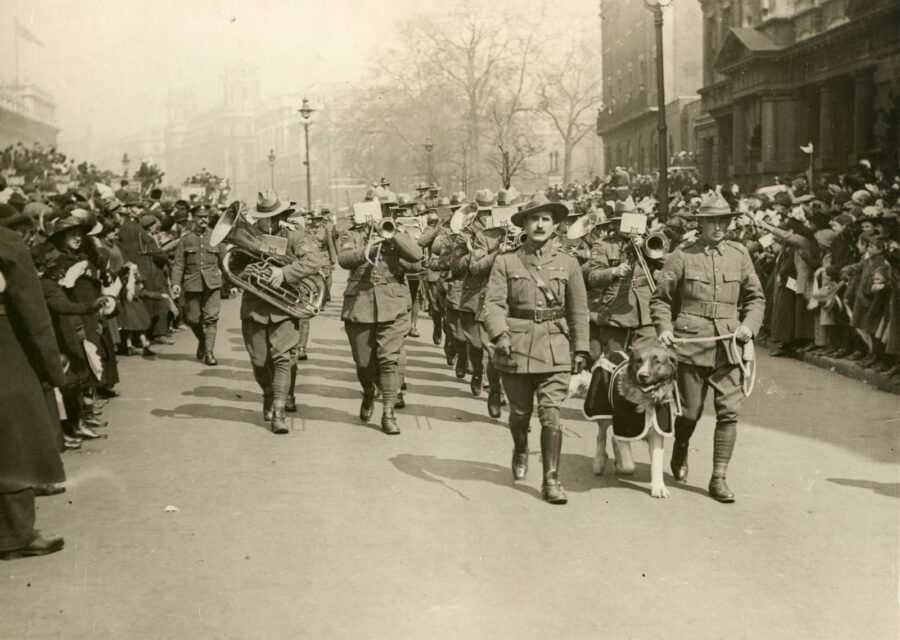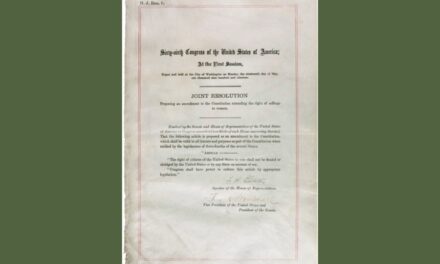This autumn, Imperial War Museums London (IWM London) delves into one of the most enthralling and elusive areas of conflict, with a major exhibition called Spies, Lies and Deception. The exhibition interrogates the role, purpose and human cost of espionage, deceit and misdirection, from the First World War to the present day.
The free exhibition will explore the tricks, tools and elaborate plots that make up the secret world of spying and deception. From the battlefields of the First World War to the betrayal by double agent Kim Philby and the recent Salisbury poisonings, Spies, Lies and Deception features over 25 of the most intriguing, inspiring and shocking stories of the last hundred years.
Showcasing over 150 objects, including gadgets, official documents, art and newly digitised film and photography, Spies, Lies and Deception invites visitors to explore how these real-life fictions have changed the course of conflict and the lives of the people who created them. Newly commissioned and archive interviews reveal the personal stories of people with direct experience of deception, and the viewpoints of industry experts.
The story of Operation Mincemeat explores how misdirection can be used to make the enemy think what you want them to think. The audacious Second World War plot successfully fooled German High Command about the location of the next major Allied assault, by planting a dead body with fake military documents off the Spanish coast. Objects from Operation Mincemeat, including mastermind Ewen Montagu’s private papers relating to the plot, along with his keepsake of a dinghy’s oar from the submarine which deposited the body off the coast of Spain, illustrate this story of trickery.
Other clandestine plots and tools of espionage further illustrate how deception has been used in times of conflict. Among the items on display will be a box of matches with a match specially adapted for writing secret messages, footprint overshoes made by SOE (Special Operations Executive) in South-East Asia during the Second World War, to disguise the wearer’s real footprints, and the creation of papier-mâché heads used to deceive snipers in the First World War trenches.
Exhibits detailing the work of the Postal Censorships department of the First World War, where the largely female workforce scrutinised correspondence sent to foreign addresses for secret messages and tested letters for traces of invisible ink, will be displayed alongside a newly commissioned interview with Bellingcat founder, Eliot Higgins. Bellingcat, an international collective of researchers, used open source data to uncover the real identities of those responsible for the Salisbury Novichok poisonings in 2018. Together, these and other case studies highlight not only how deception has been uncovered throughout the last hundred years, but how methods and technologies have changed.
Spies, Lies and Deception invites visitors to interrogate the lasting consequences and personal costs of deception. SOE operative Noor Inayat Khan was the first female wireless operator sent by SOE into Occupied France, where she successfully transmitted messages to London for four months before being betrayed, captured and executed. Meanwhile, the betrayal perpetrated for the Soviet Union by double agents Karl Fuchs and Kim Philby shines a light on how deceit changes the lives of those tangled up in these webs of lies. Letters written to Fuchs while he was in Brixton prison reveal how keenly the betrayal was felt by the friends he had lied to, while a photo album of Philby in Siberia highlights how he chose to escape to the Soviet Union after his true identity was discovered in 1963, leaving behind his five children.
Using these diverse case studies, Spies, Lies and Deception shines a light on the people at the heart of deception. The exhibition invites visitors to consider the human cost of these plots, and asks what happens when we are deceived – and who pays the price?
Amanda Mason, Lead Curator of Spies, Lies and Deception, said:
Stories of spying and subterfuge are endlessly fascinating and capture the popular imagination. By exploring some of the most ingenious, surprising and daring plots from the two World Wars, through the height of Cold War espionage to the present day, this exhibition shines a light on many of the true stories and undercover plots of the past 100 years.
Covering everything from inflatable tanks and dummy parachutists to the stories of Kim Philby and the Salisbury Poisonings, Spies Lies and Deception will be a must-see exhibition for anyone who is interested in finding out the truth about the use of deception and espionage.
Amanda Mason, Lead Curator of Spies, Lies and Deception
Throughout its run, Spies, Lies and Deception will be accompanied by a programme of activity at IWM London. Expert talks with historians and journalists including Dr Helen Fry, Shrabani Basu and Gordon Corera will dig deeper into the topic, while families will be invited to get up close with the world of deception through themed activities. This September, IWM will publish a facsimile of an unpublished MI9 devices manual, created by intelligence officer Christopher Clayton Hutton in 1942, titled Most Secret: MI9 Escape and Evasion Devices. The book is an opportunity to look at another aspect of wartime deception and subterfuge beyond the exhibition.
Spies, Lies and Deception opens at IWM London on 29 September 2023.




